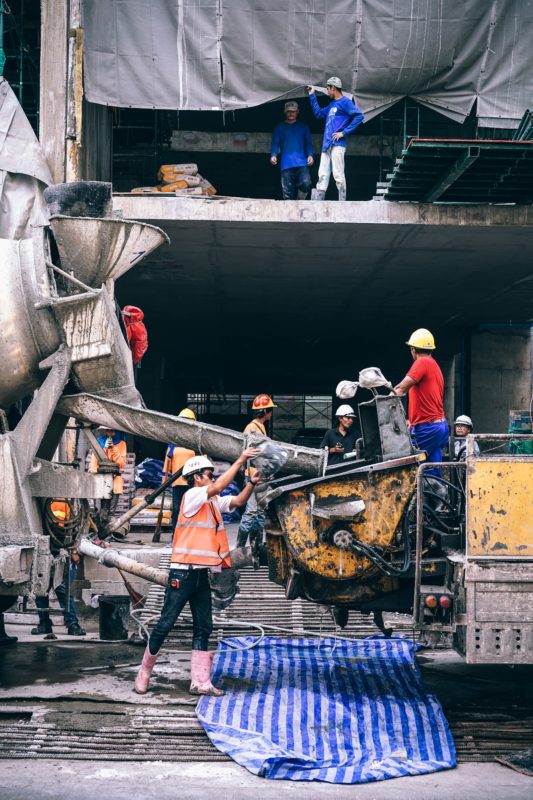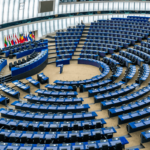Section 54 – What Does It Mean For My Business?
The Modern Slavery Act has been in force for little over a year. Some large corporations are already finding it difficult to keep track of modern slavery in their supply chains. For example, in June 2016, farmers Jaqueline Judge and Darrell Houghton were found guilty of trafficking Lithuanian workers to the UK and exploiting them as modern slaves. These men were expected to travel the country to catch chickens and often had lunch breaks and facilities such as toilet breaks withheld from them. This blog sheds some light on section 54 of The Modern Slavery Act.
Section 54, Part 1 – 4: Transparency in Supply Chains
Part 1 – 4 of The Act explains who is required by law to provide a statement and when it must be updated. If your organisation provides a good or service and has an annual turnover of at least £36 million, you are required to create an annual Slavery and Human Trafficking Statement. Here, a slavery and human trafficking statement is defined as a document detailing the steps the organisation has taken to ensure human trafficking and slavery does not take place in its supply chain or business. The statement should be updated each financial year and refer to the previous financial year.
Section 54, Part 5: Preventative Measures
Part 5 of section 54 of The Modern Slavery Act gives guidelines regarding what to include in the slavery and human trafficking statement. For example, the statement should detail the structure of its business and its supply network. This includes the geographical location of the suppliers. The organisation’s slavery and human trafficking policy should be set out in the statement, as well as clear due diligence processes. The parts of the organisation’s supply chain that pose the greatest risk of modern slavery should be highlighted. The steps the organisation is taking to manage the risk should also be outlined. It is important for large corporations to show that they are playing a part in raising awareness on modern slavery. Therefore, details of what the company is doing to ensure there is no modern slavery in the supply chain should be included in the statement. Lastly, the statement should explain how effective the company’s slavery and human trafficking policy has been in making sure there is no modern slavery in its supply chain.
Section 54, Part 6 – 9: Making Slavery and Human Trafficking Statement Available
Part 6 of the section explains who is required to approve and sign the slavery and human trafficking statement. Part 7 states that the statement should be published on the company’s website, with a link to the document on the website’s homepage. Section 8 explains the organisation’s responsibility to make the statement available should it not have a website. Part 9 states that the Secretary of State may publish guidance regarding The Act.
Section 54, Part 10 – 12: Defining Terms
Part 10 states that the slavery and human trafficking statement should contain additional information about the steps your organisation is taking to further avoid slavery in the supply chain. Parts 11 and 12 define terms such as “commercial organisation”, “business” and “partnership”. It also defines what “slavery and human trafficking” means, referring to previous sections of The Act to help better understand what consists as a breach of The Act.
The Modern Slavery Act – Go Beyond
While Section 54 gives specifies the responsibility of organisations to provide a slavery and human trafficking statement, organisations are advised to go do more to ensure there is no slavery in their supply chains. For example, a company with a turnover of less than the specified annual revenue of £36 million is still encouraged to provide a statement. Further, VinciWorks provides a course on The Act to suit all business types. The course can be customised to suit your industry, with pricing plans to suit all sizes of organisation.











